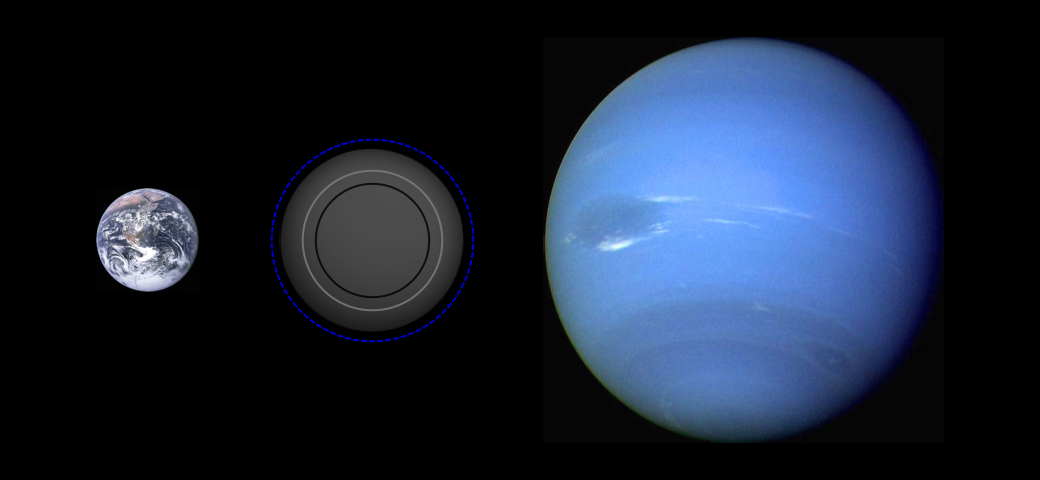Gliese 581g /ˈɡliːzə/, unofficially known as Zarmina (or Zarmina's World), is an unconfirmed (and frequently disputed) exoplanet claimed to orbit within the Gliese 581 system, twenty light-years from Earth. It was discovered by the Lick–Carnegie Exoplanet Survey, and is the sixth planet orbiting the star;however, its existence could not be confirmed by the European Southern Observatory (ESO) / High Accuracy Radial Velocity Planet Searcher (HARPS) survey team, and its existence remains controversial. It is thought to be near the middle of the habitable zone of its star. That means it could sustain liquid water—a necessity for all known life—on its surface, if there are favorable atmospheric conditions on the planet.
Gliese 581g was claimed to be detected by astronomers of the Lick–Carnegie Exoplanet Survey. The authors stated that data sets from both the High Resolution Echelle Spectrometer (HIRES) and HARPS were needed to sense the planet; however, the ESO/HARPS survey team could not confirm its existence. The planet remained unconfirmed as consensus for its existence could not be reached. Additional reanalysis only found evidence for four planets, but the discoverer, Steven S. Vogt, did not agree with those conclusions; another study by Guillem Anglada-Escudé later supported the planet's existence. In 2012, a reanalysis by Vogt supported its existence.A new study in 2014 concluded that it was a false positive; however, in 2015, a reanalysis of the data suggested that it could still exist.
The planet is thought to be tidally locked to its star. If the planet has a dense atmosphere, it may be able to circulate heat. The actual habitability of the planet depends on the composition of its surface and the atmosphere. It is thought to have temperatures around −37 to −11 °C (−35 to 10 °F). By comparison, Earth has an average surface temperature of 15 °C (59 °F)—while Mars has an average surface temperature of about −63 °C (−81 °F). The planet has, according to Vogt, a "100%" chance of supporting life, but this is disputed. The supposed detection of Gliese 581g foreshadows what Vogt calls "a second Age of Discovery".
